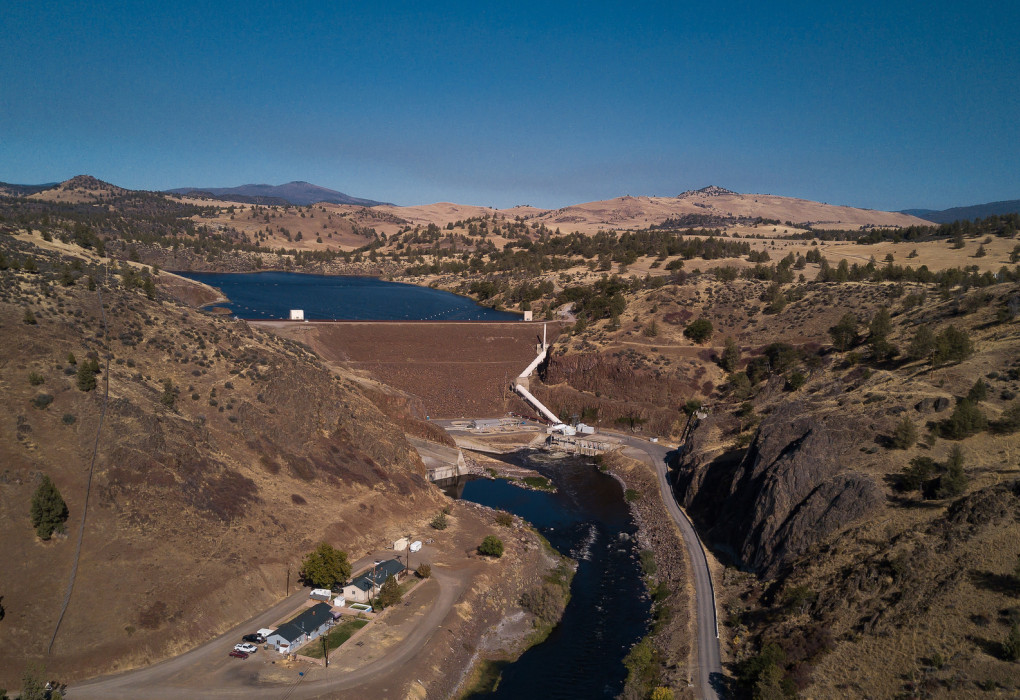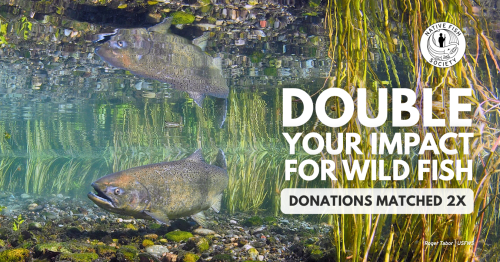Questions remain for Iron Gate Hatchery as we prepare for Klamath River dam removal in 2021
When the lower four Klamath River dams come out in 2021 we will witness the largest river restoration event in history to benefit wild salmon and steelhead, clean water, and communities throughout the Klamath basin and beyond. We fully support the Klamath River Renewal Corporation’s work to restore the Klamath River through dam decommissioning, which among its many benefits, will immediately improve the biological conditions in the watershed for sensitive and threatened wild, native fish.
There are also details of this historic event that require special attention leading up to dam decommissioning. Specifically, questions remain about the future of Iron Gate Hatchery, which currently releases close to 8 million hatchery salmon annually as mitigation for the habitat lost between the Iron Gate and Copco dams, but not including the hundreds of miles of upstream habitat that will be available when these dams are removed. An intended benefit of removing the dams is that, "Dam decommissioning will improve the habitat and health of fisheries by allowing salmon, steelhead, and lamprey access to over 400 stream-miles of historic spawning habitat upstream of the dams" (KRRC, 2018).
When the Klamath Hydropower Settlement Agreement was signed, the guiding document for decommissioning the four dams, the owners PacifiCorp were on the financial hook for 8 years of maintaining hatchery operations.
Today, given the overwhelming scientific consensus that hatcheries pose significant risks to wild fish, and the peer-reviewed literature that specifically identified Iron Gate Hatchery as a threat to the persistence of wild salmon and steelhead in the Klamath River, Native Fish Society along with our partners at Patagonia, Wild Fish Conservancy, Fly Water Travel, and scientists, Jack Stanford and Matt Stoecker have called into question the current plan to invest in the construction of new hatchery infrastructure and maintenance of outdated infrastructure that will continue the release of hatchery salmon post-dam removal.
We recently submitted substantive comments into the California State Water Resources Control Board with concerns regarding water quality certification for plans to “construct, operate, and maintain the Fall Creek and Iron Gate Hatcheries”, as presented in the Licensee’s June 1, 2018 submittal of updates to Section 7.8 of the Administrative Draft of the Definite Plan for Decommissioning.
In these comments, we call attention to the scientific evidence that Iron Gate Hatchery is negatively impacting wild salmon and steelhead populations in the Klamath basin, including adding stress and additional risks to recovery of the species, and by continuing to bombard them with hatchery salmon increases the risk to the health, life history, and recovery of threatened wild coho salmon and sensitive Chinook salmon.
Continuing to release hatchery salmon during recolonization will compromise dam removal recovery efforts, spend limited public dollars on projects that do not meet recovery objectives, and jeopardize threatened and sensitive populations of salmon that are already imperiled.
This fall there will be additional opportunity to add your comments to support project decommissioning, and help recover wild salmon and steelhead in the Klamath basin. See our group comments into the California Water Resources Control Board below, and stay tuned to add your voice to the public comments later this year.

